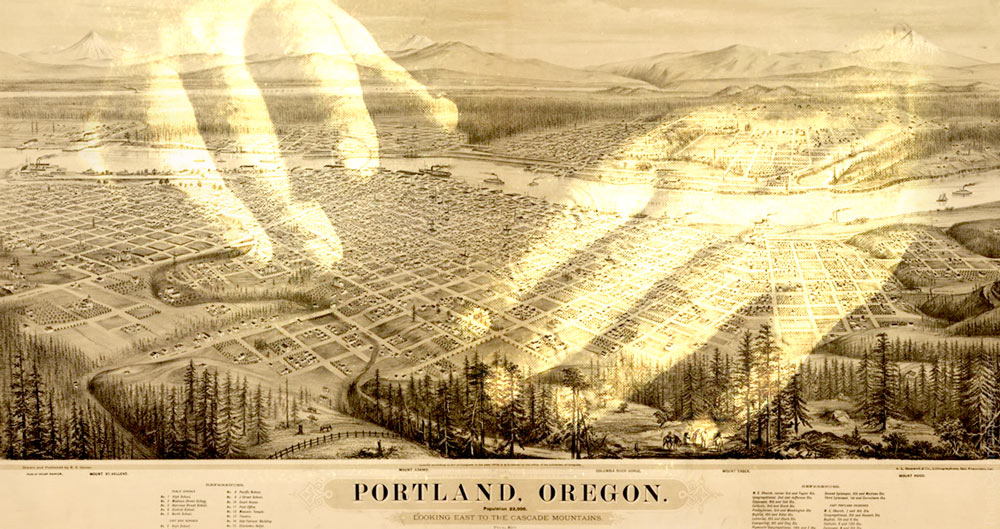Cities require some planning. But the further beyond a certain minimum, the greater the ease with which a central planning authority can be captured — by zealots with more stars in their eyes than brains in their heads.
Portland, Oregon, is a case in point. Students from Portland State University had this brainchild: “Better Naito,” a project to transform SW Naito Parkway to “enhance the lives of pedestrians and bikers along the Waterfront,” as Jessica Miller of Cascade Policy Institute explains. Their notion was to reduce “car capacity from two lanes to one” during the peak season (actually more than half the year), opening up the cordoned-off lane to folks walking and riding bicycles.
I’m not kidding.
Though proponents of the program enthuse about the “positive feedback” from the public, they tend not to deal with complaints from adjacent business owners, who now “see fewer shoppers” and must accommodate “employees who experience longer commutes.”
Opponents are organizing. The Portland Business Alliance promotes its petition with a simple question: “How Exactly Is ‘Better Naito’ Better?”
Portland is a prime example of the New Urbanism in action, which seems set on creating cramped places for people to live and discouraging folks from using their own cars. I’ve talked about this before, focusing on planning critic and Cato Senior Fellow Randal O’Toole. He has long been fighting the city planning cranks who appear dubious about their very job: providing roads and sewers and waterways that serve the all a city’s citizens, native, newcomer, and traveler alike.
My advice? Sign that petition, if you vote in Portland.
The rest of us better plan to take a hard look at our city planners.
This is Common Sense. I’m Paul Jacob.


3 replies on “How to Ruin a Thoroughfare”
One more city to avoid.
How many of those who would ‘benefit’ from this idea pay any taxes to Oregon? Just wondering.
How many businesses will relocate outside this urban ‘paradise’ to avoid the do-gooders?
Agenda 21 or Agenda 2030. Take your pick.
Bunch of idiots.
Philadelphia did much the same in 1976 when it converted Chestnut St. into a two-way bus only transit route. No cars, no parking. Businesses died. As soon as the federal restrictions ended in 1996 (the danger in taking federal money is it comes with a lot of restrictions) it was converted back into a one-way street open to automobile traffic with parking, and businesses are much healthier.
Sic transit gloria!